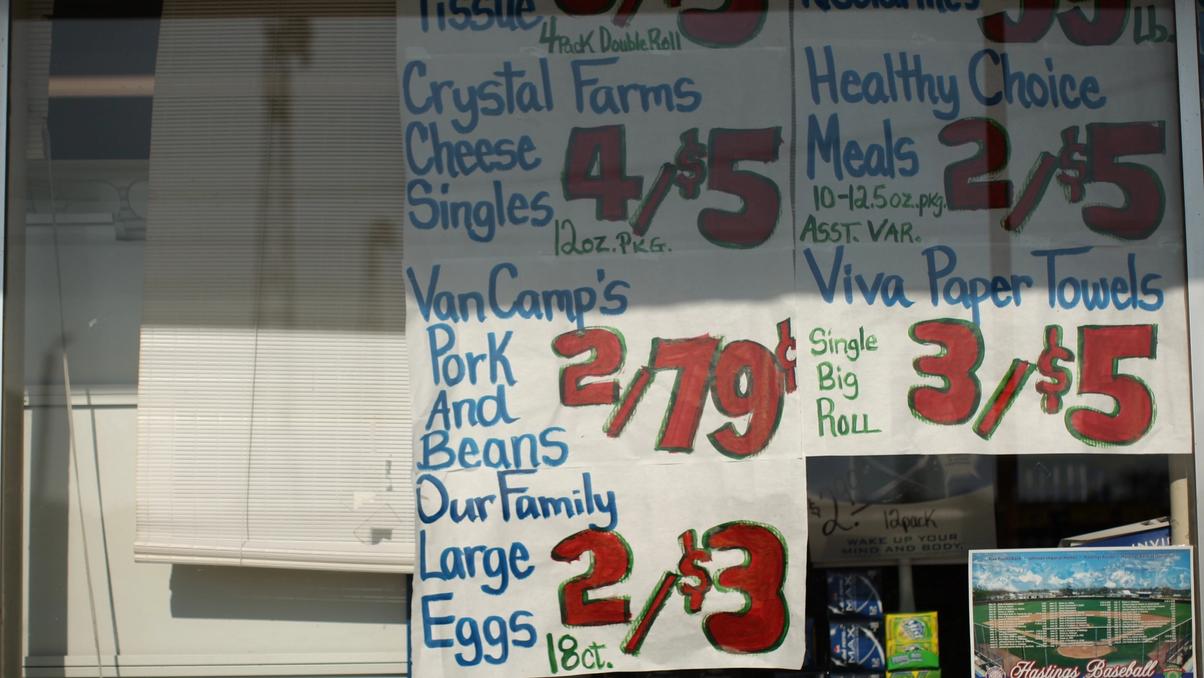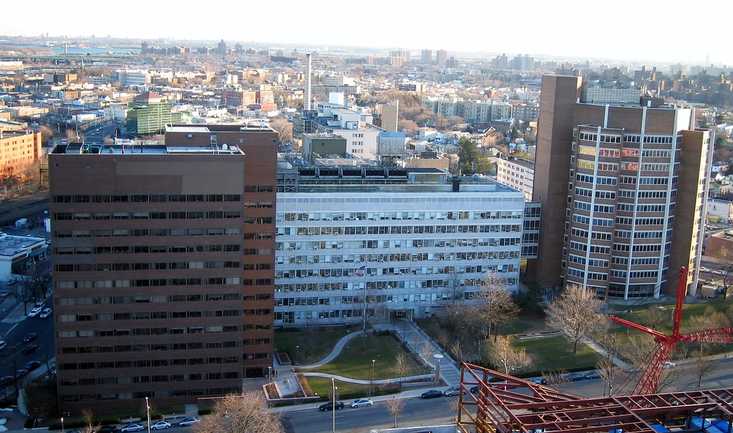Inside The Effort To Save Struggling Small-Town Grocers
These little markets once served as a lifeline for rural residents nationwide. Spencer Platt/Getty Images
Spencer Platt/Getty Images
News that is entertaining to read
Subscribe for free to get more stories like this directly to your inboxIf you grew up in a rural community, chances are you can remember visiting an independently-owned grocery store to pick up essentials for your home.
Even if big-name supermarkets moved into the area, there was often room for little markets … but that’s no longer the case in many places.
Communities pitch in
A number of towns across the United States have been in situations like that of Emerson, Nebraska. When the only local grocery store closed roughly five years ago, its 824 residents were forced to travel 20 miles or more to find a suitable market.
At a certain point, they had enough and decided to do something about it. After setting a goal of about $80,000 to open a new store, the donations came pouring in and the community ended up doubling that amount.
Now the Post 60 Market offers all types of food, including meat and fresh produce, as well as other staples that the residents of Emerson need around the house.
It truly is a community project, according to manager Brian Horak, explaining that “it’s like you got multiple owners who have just as much commitment to see this thing succeed.”
The Rural Grocery Initiative
Emerson is not alone. The Department of Agriculture determined that 76 counties do not have a grocery store in operation — and nearly half of them are in Midwestern or Great Plains states.
A program at Kansas State University was launched in 2006 to help address such situations.
As the Rural Grocery Initiative determined, shrinking rural communities have made it difficult for small grocers to stay in business, meaning that locals are forced to eat more processed (and unhealthy) foods.
Its grant program has stepped in to help, funding more than a dozen grocery stores nationwide since 2017.
 Why Is The Aging Voyager 1 Probe Sending Back Incoherent Communications?
It's been speaking gibberish for a few months and officials are concerned.
Why Is The Aging Voyager 1 Probe Sending Back Incoherent Communications?
It's been speaking gibberish for a few months and officials are concerned. One Woman’s Massive Donation Is Wiping Out Tuition At This Medical School
Her inheritance came with the instruction to do "whatever you think is right."
One Woman’s Massive Donation Is Wiping Out Tuition At This Medical School
Her inheritance came with the instruction to do "whatever you think is right." Woman’s Pets Will Inherit Her Multimillion-Dollar Fortune, Not Her Kids
It's not the first time four-legged heirs were named in a will.
Woman’s Pets Will Inherit Her Multimillion-Dollar Fortune, Not Her Kids
It's not the first time four-legged heirs were named in a will.